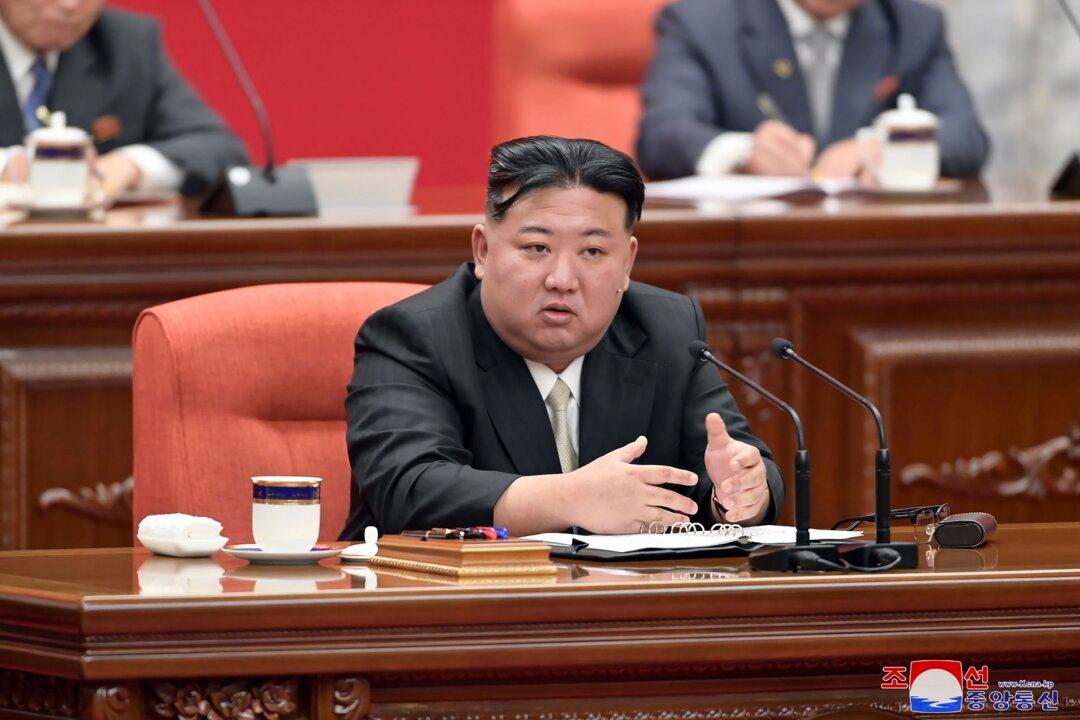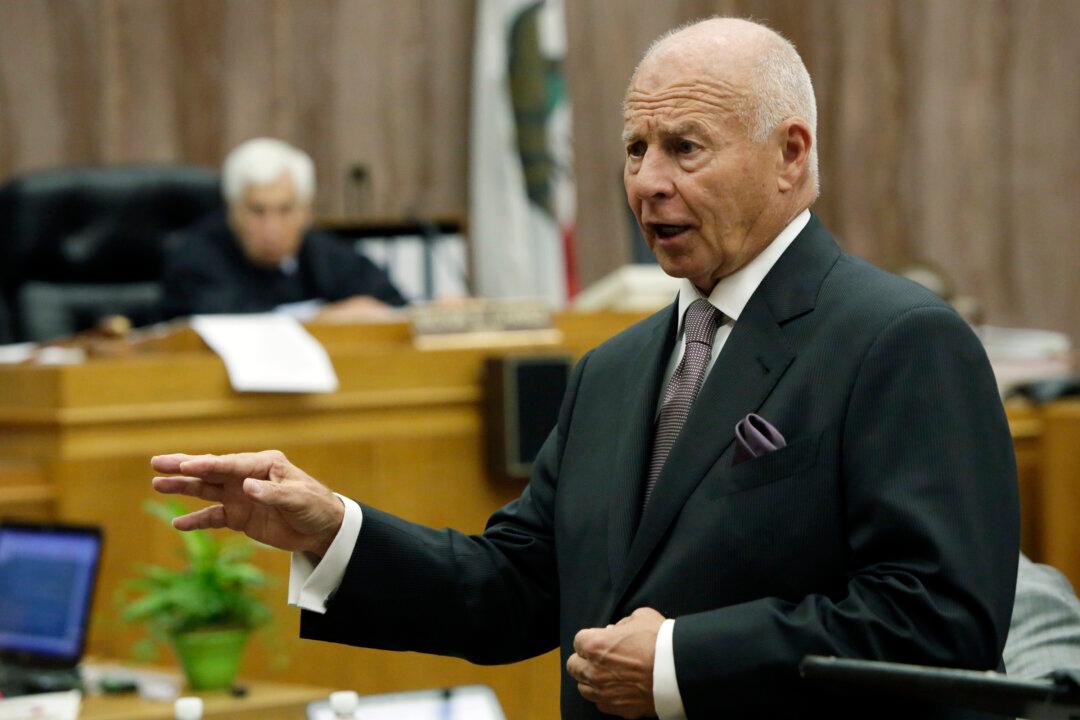North Korea said on Jan. 19 that the communist regime has tested a nuclear-capable underwater attack drone off the coast of the Korean Peninsula that’s capable of destroying naval vessels and ports, in response to naval exercises conducted by South Korea and its allies earlier in the week.
The latest show of force is another attempt by North Korea to blame South Korea, the United States, and Japan for rising tensions in the region, and occurred just days after North Korean leader Kim Jong Un said that the long-standing goal of peaceful reunification with South Korea is no longer on the cards.




